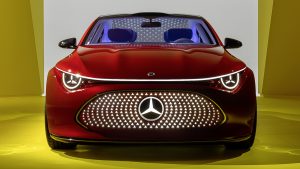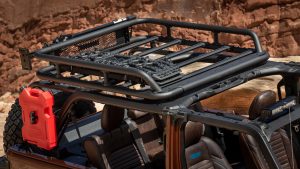The Oldsmobile Toronado had everything to become yet another muscle car in the US, but one detail distinguished it from the whole category: front-wheel drive
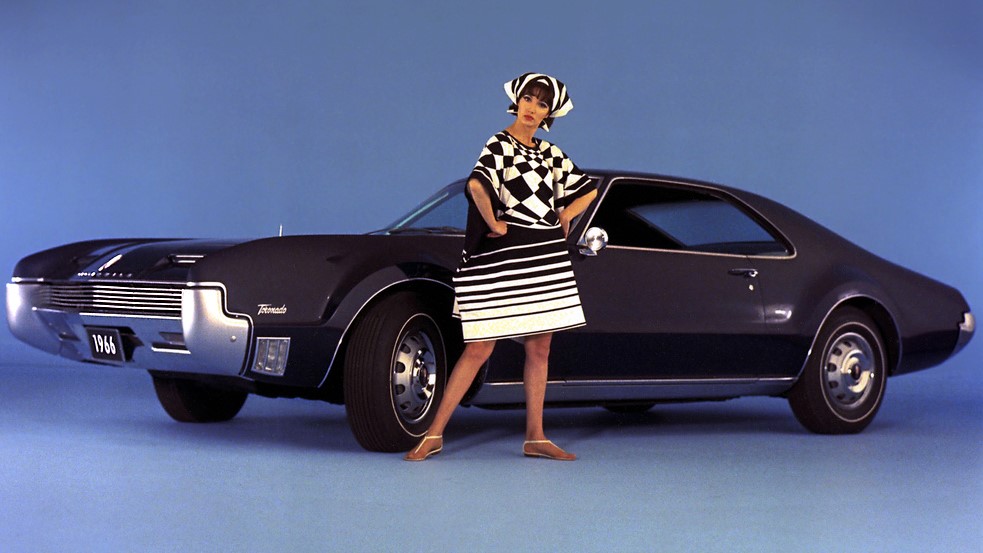
What do you know about muscle cars? They were a traditionally North American car category, they used to be famous in the 1960s and 1970s, came in flashy colors with many visual accessories… When it comes to technical features, they had big V8 engines, no-frills cabins, small wheels, and wide tires. Design-wise, some models stood out and became legends which managed to earn fans in the whole world.
Sadly, such a specific recipe was one of the reasons why muscle cars did not last long. The oil crisis made their engines unreasonable. Imported cars stole buyers in their native market. And the latest technologies made smaller and cheaper cars more efficient. Ironically, one of the few that survived those barriers made an important change to that recipe. Let us take a closer look at the one and only Oldsmobile Toronado.
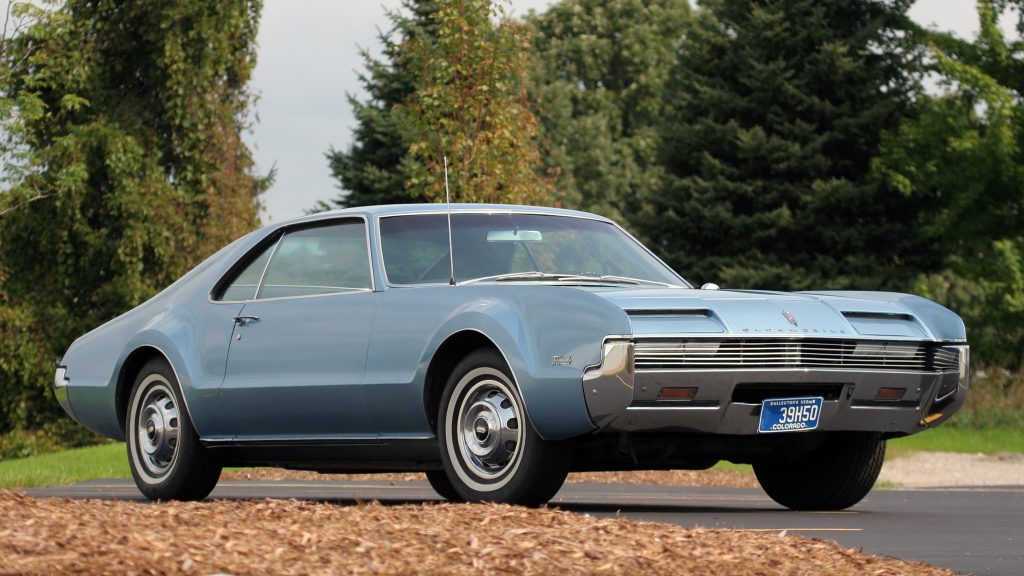
An innovative muscle car
The Toronado first appeared as a painting, named “Flame Red Car”. Designer David North never planned to produce it. However, Oldsmobile approved the creation of a new sports car and chose his project. The original idea was to use GM’s compact platform, but cost issues made it move to the larger E-body. Then again, none of those were the main feature. It was the first front-wheel-driven car in the US since 1937.
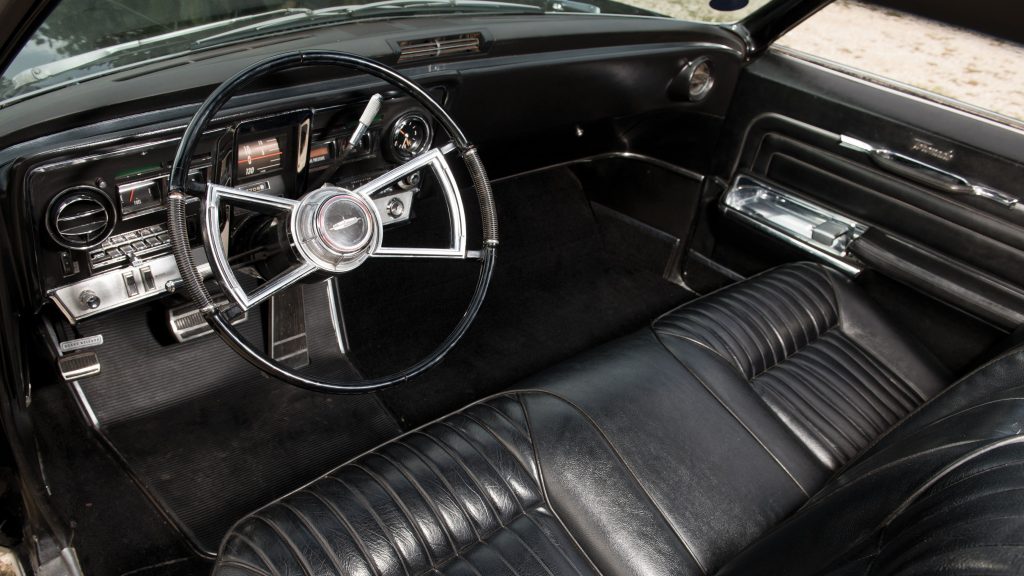
The new layout made the mechanical chain smaller and simpler, since everything was in the same region. Besides that, the absence of a drive shaft crossing the cabin made decent room for people and baggage despite the low height. When it comes to design, the project adopted strong lines without much chrome trim all around, which looked sporty rather than fancy. The Toronado stood out in many ways.
Despite the higher weight on the front axle, Oldsmobile managed to deliver pleasant dynamics. The front-wheel drive made the Toronado almost impossible to oversteer. That made its ride more refined than that of typical muscle cars despite sharing their 7.0L and 7.5L V8 engines. In times of limited technology, that was a terrific way to distinguish it as a personal luxury car rather than a no-frills performance model.
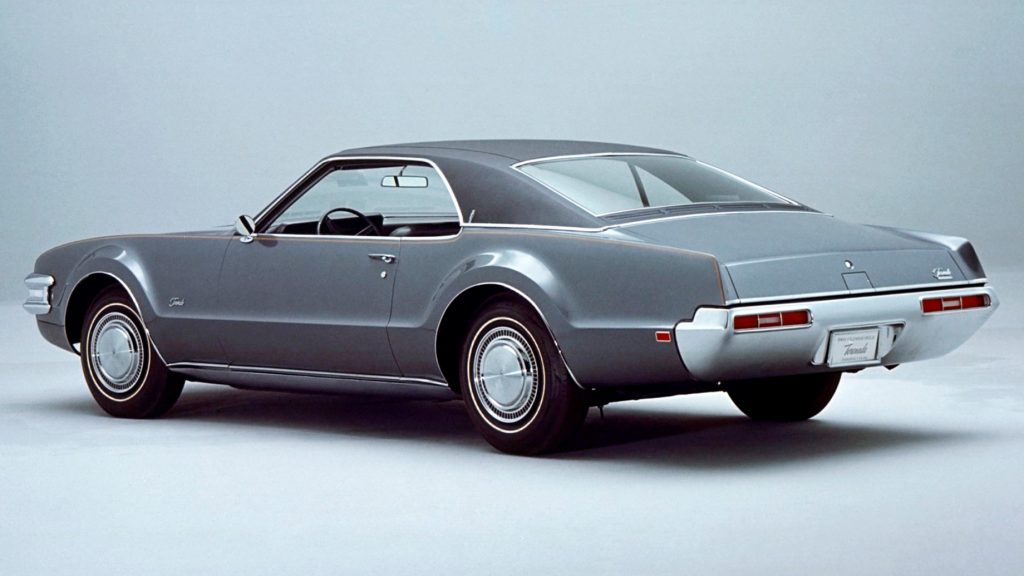
The Toronado over the years
In the North American fashion of the time, Oldsmobile gave the coupé small updates every year. In 1967, it received disc brakes as an option – the original drums suffered heavy criticism. 1968 had a new front end, the 7.5L V8 as an option, a softer suspension, a GT version, and new visual items. In 1969, it was time for the rear end to become longer. For 1970, new stylistic tweaks and the first exposed headlights.
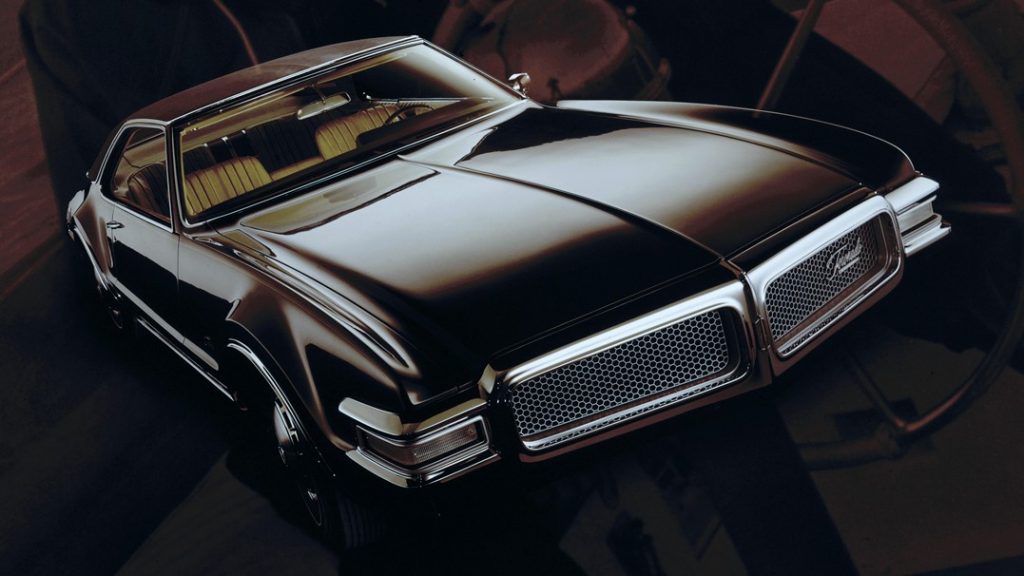
Making changes so frequently is problematic because, though they were small, they made a different car every year. Cars at dealer lots would become out-of-date too soon, and it became more difficult to find spare parts. On the other hand, it showed Oldsmobile’s concern with catering to buyer demands as soon as possible. Offering disc brakes, for example, was crucial for the Toronado’s performance proposal.
While bigger changes would only appear in 1971, we can see that Oldsmobile already had a clear goal for it. People who wanted sports cars would go to Chevrolet or Pontiac; the Toronado had a closer relation to Buick and Cadillac coupés. Then again, since it had to keep its distance from the Riviera and the Eldorado, it developed its own interpretation of luxury. Rather than ostentatious, it was subtle and very elegant.
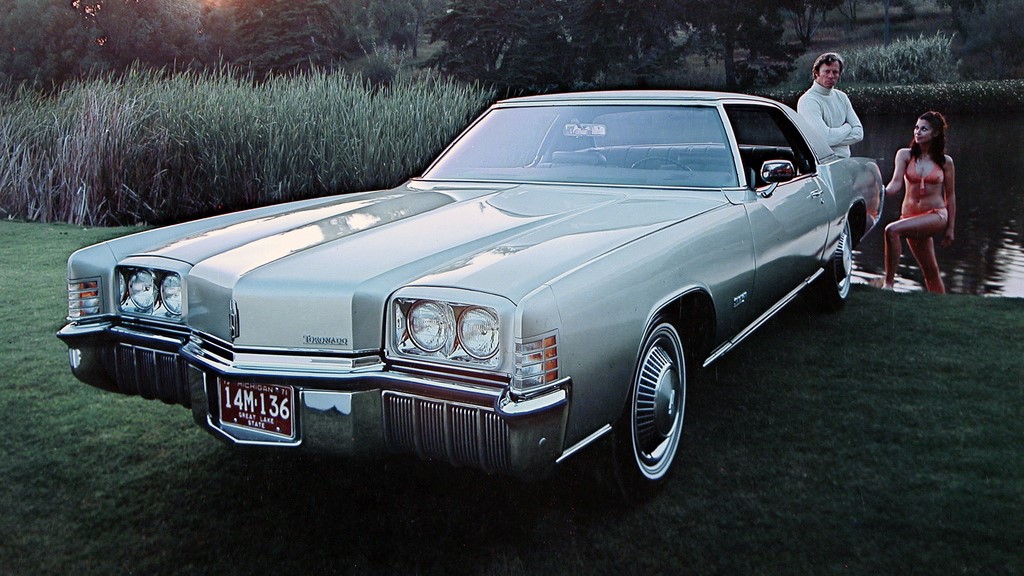
The reinvented Toronado of 1971
The photo above might make you think it became just another 1970s car. However, there is more about it than a long and wide body with boxy lines and lots of chrome trim. The radiator grille was divided in two, one below each headlight. Front disc brakes became standard. Rear-wheel ABS became an option. Later, it even had initial versions of a front airbag and the third brake-light before they became mandatory.
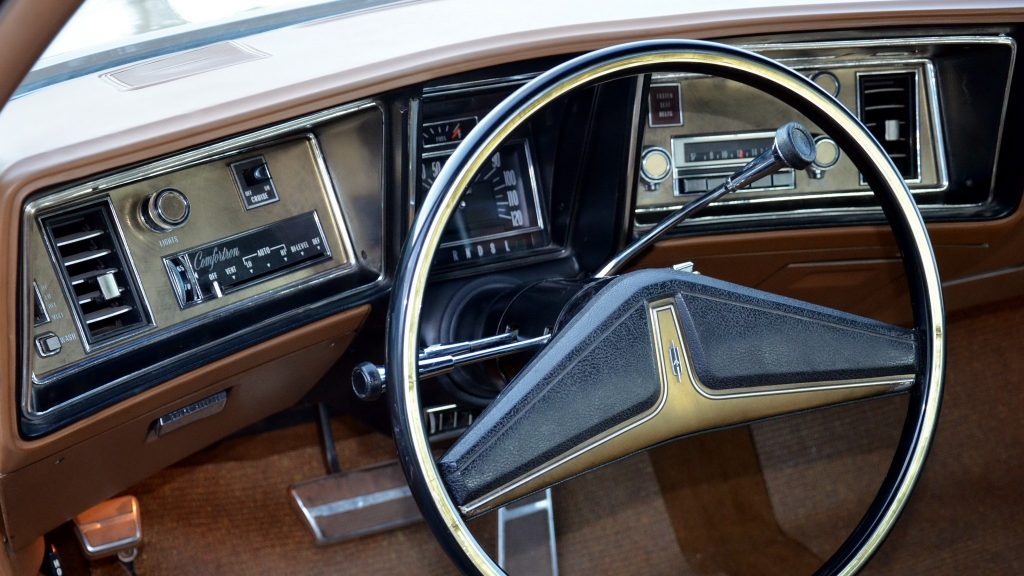
We can say that the Toronado abandoned the “grand tourer” concept for a more traditional luxury image. That made it more representative in the personal luxury niche and boosted its sales to a level only seen in 1966, its first year. The cabin did its part of the job by offering many items as standard, an optional luxury trim, and unique items such as, vinyl roof, retractable T-top, and a message center with warning lights.
That T-top had a distinctive story, by the way. In 1977, the Toronado received the XS and XSR trim levels, both characterized by a wraparound rear windshield. As a prototype, the XSR had electric roof panels that could slide inwards. However, GM’s design could not channel water away from the panels, so they would inevitably leak into the cabin. Only the XS went into production offering a more conventional T-top.

The post-crisis downsizing
The oil crisis and USA’s stricter emissions rules harmed the image of many car models and the Toronado was no exception. The third generation became smaller and lighter and adopted smaller engines. The sad part is that it also looked more generic. It could easily resemble a Chrysler LeBaron or a Mercury Cougar, not to mention GM cars of other brands. The strong lines of the first generation were clearly gone.
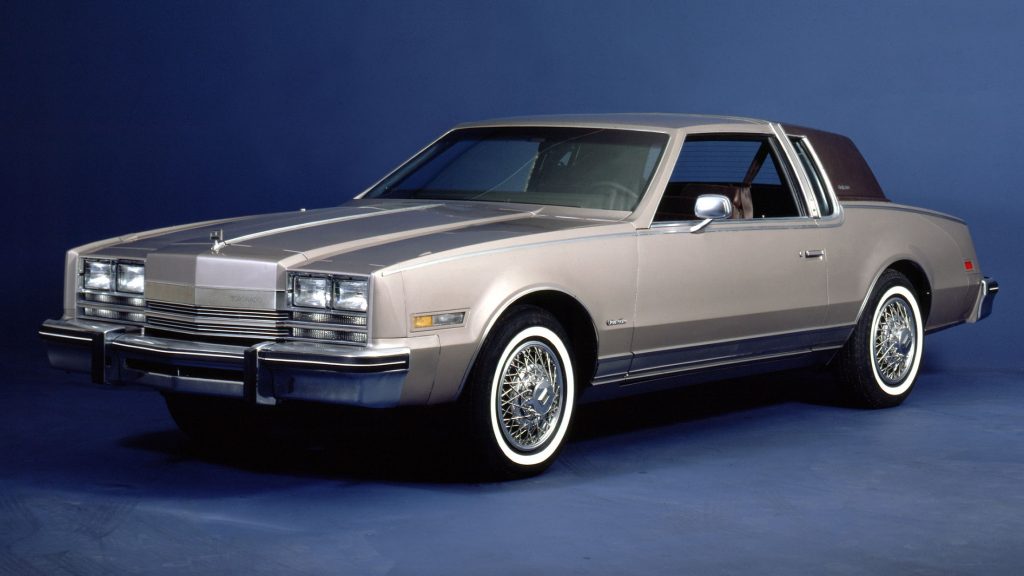
Oldsmobile also introduced a diesel V8 engine for the first time. It was directly derived from the gasoline-powered 5.7L, made good mileage and even had good sales at first. However, it eventually had so many mechanical problems that some owners even converted it back to gasoline. The company made revisions that addressed most of its issues, but its reputation was too damaged to attract good sales again.
Things were even more difficult for the fourth generation because it was smaller, yet more expensive. The Toronado brought back pop up headlights, Strato bucket seats, and a sporty Troféo version (it had all of those years earlier), but it was too late. Sales succumbed to the generic design and poor value perception and Oldsmobile chose to discontinue it in 1992. What is your favorite generation of the Toronado?

Frequently asked questions
Yes, it is. It has most characteristics of a muscle car, such as coupé body, North American origins, big V8 engine, and large overall size. The biggest deviation from that is actually its signature trait: the Oldsmobile Toronado was released as a muscle car with front-wheel drive.
Front-wheel drive. First of all, it was the very first of its kind with that layout. Secondly, it was quite a surprise because the opposite system, named rear-wheel drive, is largely preferred because it favors a sporty dynamic behavior.
The first Toronado car made 385 hp with a 7.0L V8. The 1968 Toronado Oldsmobile replaced it with the Rocket V8, a 7.5L engine good for 375 hp in its regular setting and 400 hp with a special setting.
Using the 7.0L V8, the Toronado could go from 0 to 62 mph in 9.5 seconds and reach 135 mph.
Danillo Almeida has explored his passion for cars in two distinct ways. The first one is his graduation course in Mechanical Engineering, which will hopefully lead to a job position in the field. The other one is expressing his knowledge and opinions on the matter through writing. Almeida has already contributed to blogs, stores, and websites in general writing automotive content in many formats.

